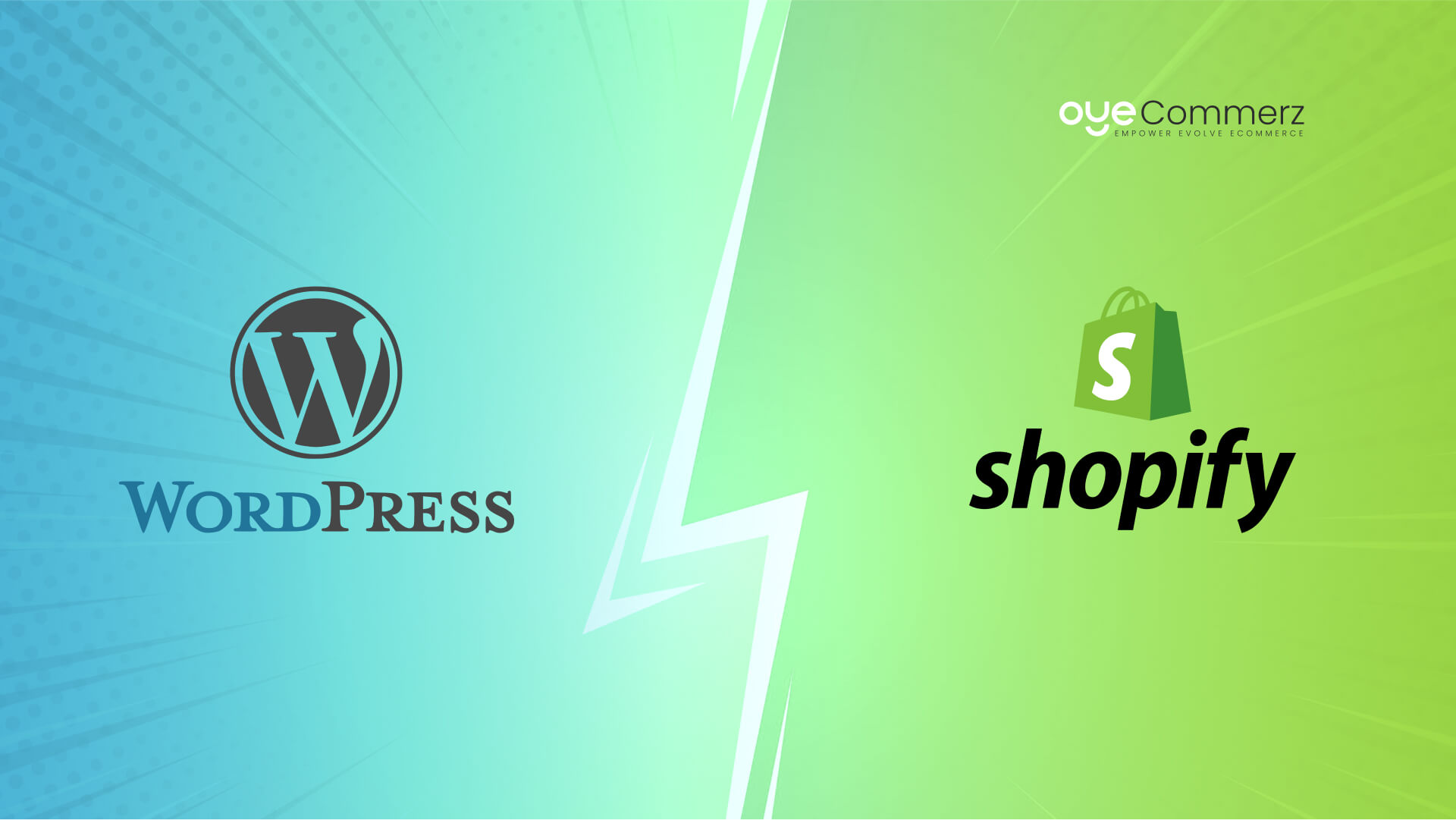Shifting from WordPress to Shopify is an promising step toward optimizing your online store operations. As companies expand, selecting a platform that supports growth potential, user experience, and flexibility is essential. Shopify is widely recognized as a favorite for e-commerce professionals, offering superior flexibility, data protection, and ease of use. In this guide, we will delve into the transformative impact of this migration, discuss the advantages, and provide practical tips to ensure a smooth transition.
1. Top Reasons to Transition from WP to Shopify
WordPress, paired with WooCommerce, continues to support countless online stores. Nevertheless, as businesses scale, issues like plugin dependency, data risks, and technical complexities often obstruct growth. Shopify, specifically created for digital retail, eliminates these concerns with an comprehensive, user-friendly platform. Statistics supports this transition—Shopify hosts over 4.4 million websites worldwide, with a reported 10% boost to sales performance for many businesses post-switch.
2. Shopify's Advantages for Thriving Online Stores
Shopify’s powerful platform caters for scaling brands. Its notable features include:
- Effortless Design Flexibility: Shopify provides over 80 professionally designed themes.
- Built-in Features: Capabilities such as Shopify Payments and built-in SEO save time and effort.
- Global Reach: Currency versatility and regional customization empower businesses to reach global markets.
Additionally, Shopify boasts an uptime rate of 99.98%, ensuring your store remains accessible.
3. Getting Ready for Your WP-to-Shopify Transition
Before migrating, evaluate your current store. Analyze product data, client information, and search engine rankings. Resources such as Shopify’s Migration Kit or external tools can simplify this process. Create a comprehensive plan, making sure all assets—item details, media files, and blog content—are optimized for transfer.
4. The Importance of Accurate Data Migration
Data migration forms the foundation for a smooth platform switch. When moving from WP to Shopify, focus on:
- Product Information: SKU, item summaries, and groupings.
- Client Information: Emails, order history, and preferences.
- Search Engine Considerations: Preserve meta tags, URLs, and forwarding paths to maintain search rankings.
Use apps like LitExtension to facilitate seamless migration while minimizing errors.
5. Tailoring Your Shopify Store to Fit Your Brand
Post-migration, personalizing your Shopify store ensures it reflects your brand. Take advantage of Shopify’s drag-and-drop editor to create layouts with ease. Shopify's templates are mobile-responsive, providing a smooth user experience across platforms—a critical factor, since 74% of e-commerce traffic is generated by mobile users.
6. How to Protect Your SEO Rankings When Switching Platforms
Search engine optimization is crucial Custom Shopify development for preserving your online presence during migration. Shopify is highly optimized for search engines with clean URL structures, preloaded features, and smooth content management. Make sure you:
- Set up URL forwarding for old URLs.
- Enhance updated content with keyword-rich content.
- Leverage plugins like Plug in SEO to monitor performance after the switch.
7. Post-Migration Testing
Once the migration is complete, conduct thorough testing.
Review: - Page load times (Shopify boasts faster speeds in contrast with WordPress).
- Functionality of payment gateways and transaction flow.
- Mobile responsiveness.
Quality assurance ensures your store provides a seamless shopping journey from the start.
8. Case Study of a Successful Migration
An example of effective platform switching is Gymshark, a fitness apparel brand that transitioned to Shopify. Post-migration, the company experienced a 60% boost in mobile sales and significantly lowered site downtime. This showcases the potential of Shopify in driving e-commerce growth.
9. Overcoming Common Migration Issues
Migrating online stores to ShopifyMigration is not without obstacles, such as information accuracy and adjusting tailored features. However, Shopify’s robust support and third-party experts simplify the process. Collaborating with qualified Shopify developers ensures a smooth transition.
10. Making the Switch: The First Step Toward Success
Switching from WP to Shopify represents a forward-thinking decision to online retail. By addressing scalability, simplifying management, and enhancing the customer experience, Shopify empowers businesses to succeed in challenging industries.
Final Thoughts
Switching from WordPress to Shopify is a strategic move that can greatly enhance your e-commerce success. With a robust migration plan, the right tools, and professional guidance, you can achieve new success milestones.
Excited to start the journey? Reach out today to learn how our Shopify migration services can transform your e-commerce platform. Get in touch today, or ask yourself: Can your business afford to miss out on Shopify’s growth potential?
